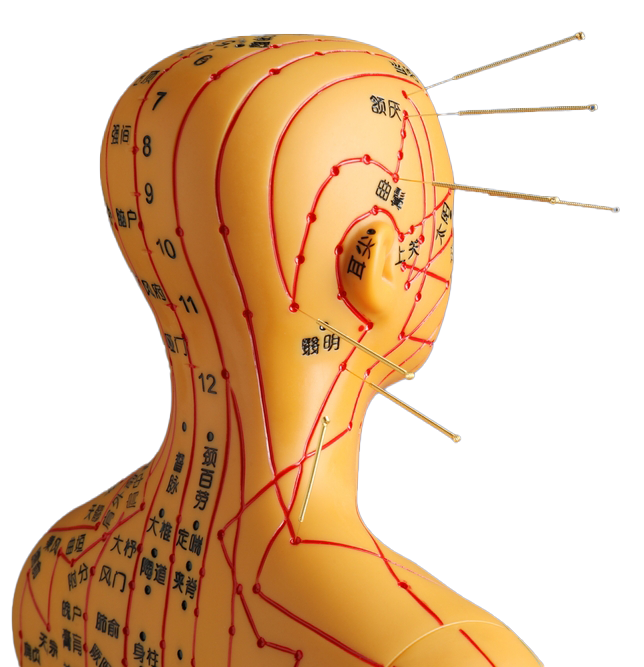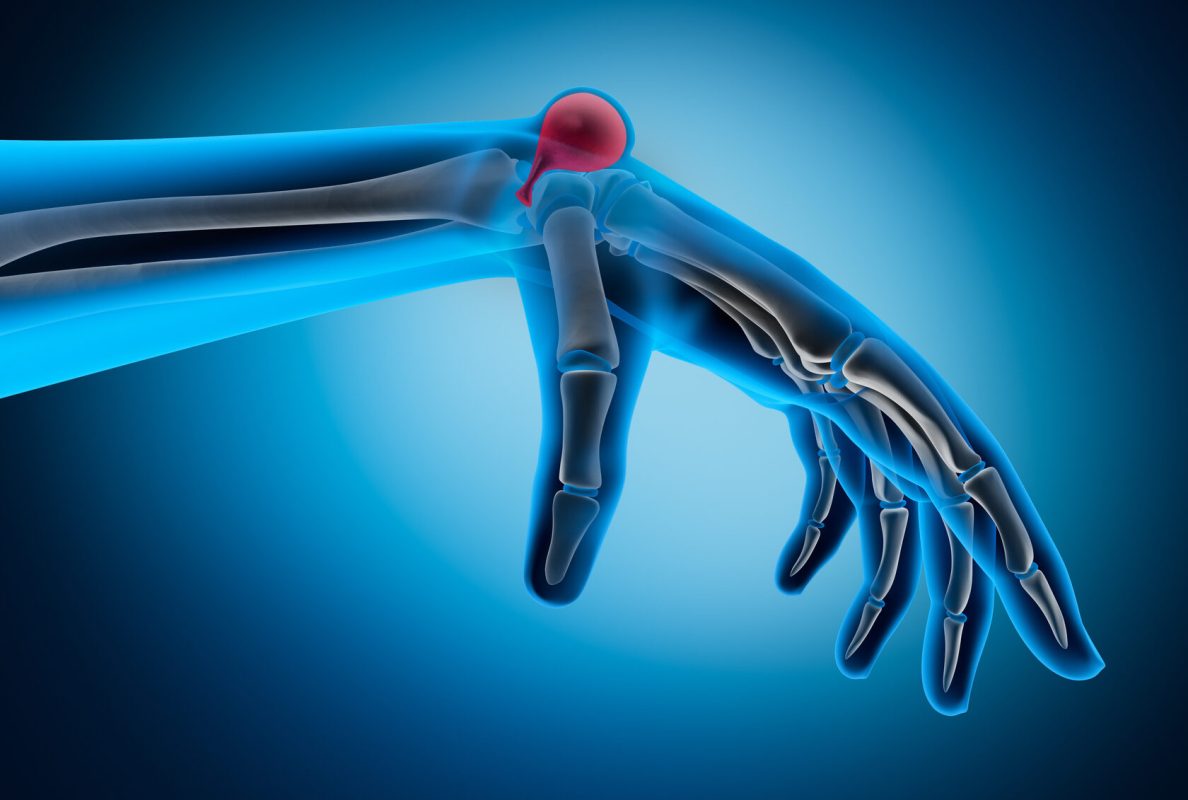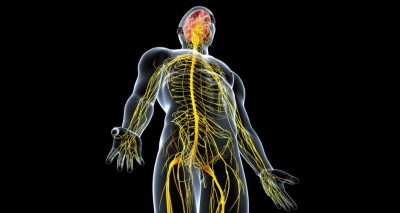- Facet joint Radiofrequency Thermocoagulation (RFT) Treatment
- Radiofrequency Thermocoagulation Dorsal root ganglion (DRG) radiofrequency thermocoagulation (RFT)
- Discitis Procedure
- Sacroiliac Joint Radiofrequency Treatment (Simplicity)
- In-Disc Ozone Therapy
- Nucleoplasty
- Transforaminal Injection (Pinpoint)
- Facet joint block
- Epidural Injection
Blockade of Ganglion Stellatum
- Home
- Arm & Hand Pain TreatmentsHead & Face Pain Treatments
- Blockade of Ganglion Stellatum
Contents
Toggle- Creating an individualised treatment plan
- The role of different specialities (physiotherapist, orthopaedist, psychologist, neurosurgeon)
- Pain treatment during pregnancy
- Treatment of chronic pain in the elderly
- Pain management in children
- Stress management
- Healthy eating
- Ergonomic living arrangements
- Exercise and mobility
- Facet joint Radiofrequency Thermocoagulation (RFT) Treatment
- Radiofrequency Thermocoagulation Dorsal root ganglion (DRG) radiofrequency thermocoagulation (RFT)
- Discitis Procedure
- Sacroiliac Joint Radiofrequency Treatment (Simplicity)
- In-Disc Ozone Therapy
- Nucleoplasty
- Transforaminal Injection (Pinpoint)
- Facet joint block
- Epidural Injection
- Cancer pain
- Permanent Epidural / Spinal Port Application
- Vascular Port (Permanent Vascular Access)
- Trigeminal Nerve RFT
- Blockade of Ganglion Stellatum
- Lumbar Sympathetic Ablation
- Facet joint Radiofrequency Thermocoagulation (RFT) Treatment
- Radiofrequency Thermocoagulation Dorsal root ganglion (DRG) radiofrequency thermocoagulation (RFT)
- Hernia Burning (IDET)
- Discitis Procedure
- Sacroiliac Joint Radiofrequency Treatment (Simplicity)
- Permanent Epidural / Spinal Port - Pump System
- In-Disc Ozone Therapy
- Nucleoplasty
- Peripheral Nerve Block
- Transforaminal Injection (Pinpoint)
- Facet joint block
- Epidural Injection
- Intra-articular Fluid Treatment
- Dorsal root ganglion (DRG) radiofrequency thermocoagulation (RFT)
- Spinal cord stimulation (pain pacemaker)
- Ergonomic living arrangements
- Spinal cord stimulation (pain pacemaker)
- Nucleoplasty
- Radiofrequency ablation
- Herbal solutions
- Dry needle treatment
- Anti-ageing treatments
- Ozone therapy
- Cupping therapy - Cupping
- Mesotherapy
- Prolotherapy
- Acupuncture
- Stem Cell Therapy
- Nerve blockages
- Corticosteroid injections
- Massage and relaxation techniques
- Manual therapy
- Electrotherapy
- Neuropathic pain medications
- Anti-inflammatory drugs
- Muscle relaxants
- Painkillers (paracetamol, ibuprofen, etc.)
Ganglion Stellatum Blockadeis a medical procedure performed to temporarily or permanently disable the sympathetic nervous system by targeting the sympathetic nerve network in the neck region. This procedure is commonly used to manage pain, improve circulation, and treat certain sympathetic nervous system-related conditions.
What is Ganglion Stellatum?
The Ganglion Stellatum is part of the sympathetic nervous system located in the neck region. This structure
- In the anterior part of the cervical vertebrae takes place.
- It is an important control centre of the sympathetic nerves in the face, neck, arms and chest.
- It is involved in the constriction and dilation of blood vessels, sweating and the transmission of some types of pain.
What is Ganglion Stellatum Blockade?
In this procedure, a local anaesthetic or neurological drug is injected into the ganglion stellatum to temporarily or permanently block the sympathetic nerves. This method is used to reduce pain associated with the sympathetic nervous system and improve circulation.
In which cases is it used?
Ganglion stellatum blockade is used as an effective treatment for many disorders:
- Pain Management:
- Complex Regional Pain Syndrome (CRPS) Type 1 and 2
- Neuropathic pain
- Postherpetic neuralgia (pain after shingles)
- Circulatory Problems:
- Raynaud's Phenomenon
- Peripheral vascular diseases
- Conditions in which blood circulation in the hand or face area is impaired
- Nervous System Disorders:
- Sympathetic pain in the face or neck
- Migraine or cluster headaches
- After Trauma or Surgery:
- Post-traumatic pain in the shoulder or arm
- Control of sympathetic pain after surgery
How is the Procedure Performed?
1. Preparation:
- The patient lies supine and the neck is sterilised.
- Usually the patient can be sedated during the procedure, but in most cases remains conscious.
2. Imaging Guided Targeting:
- Ultrasound or Fluoroscopy with the help of the ganglion stellatum.
- A local anaesthetic or medicine is applied with a needle towards the target.
3. Blockage Application:
- The ganglion stellatum is accessed with a needle and a local anaesthetic is injected.
- The procedure usually takes a few minutes.
4. Follow-up and Observation:
- The patient is observed for a short time after the procedure and is usually discharged on the same day.
What to Expect After Blockage?
- Horner's Syndrome: When the blockade is successful, there is usually a drooping of the eyelid on the same side (ptosis), a shrinking of the pupil (miosis) and a decrease in sweating on that side of the face (anhidrosis). These effects are temporary and usually disappear within 4-6 hours.
- Pain Reduction: Most patients feel a reduction in pain within a few hours after the procedure.
- Improving Circulation: There may be improved blood circulation in the hand or face, which may cause the hand or face to feel warmer.
Advantages
- Targeted Treatment: It is an effective method especially for pain in the neck, face and arm.
- Fast Impact: Most patients experience pain relief immediately after the blockade.
- Minimally Invasive It is applied without the need for surgery.
- Repeatable: The procedure can be repeated if necessary.
Risks and Side Effects
Ganglion stellatum blockade is generally a safe procedure. However, some possible side effects include
- Transient Horner's Syndrome: Eyelid drooping, pupil shrinkage and decreased sweating.
- Haemorrhage There may rarely be bleeding at the needle entry site.
- Infection: Risk of infection during the procedure.
- Hoarseness Temporary hoarseness as a result of the nerves to the vocal cords being affected.
- Shortness of breath Rarely, it can occur due to the sympathetic nervous system being affected.
Maintenance After Blockage
- Rest is recommended for a few hours after the procedure.
- Mild pain or tenderness in the neck area usually disappears within 1-2 days.
- If the pain recurs after the procedure, your doctor may schedule additional sessions.
Conclusion
Ganglion Stellatum Blockadeis an effective and safe treatment method to manage sympathetic nervous system-induced pain and circulatory problems. Thanks to its minimally invasive structure, it controls pain without the need for surgical intervention and improves the quality of life of patients. However, this procedure should be performed with an expert evaluation and appropriate patient selection.
Our treatments
- Home
- Arm & Hand Pain TreatmentsHead & Face Pain Treatments
- Blockade of Ganglion Stellatum





